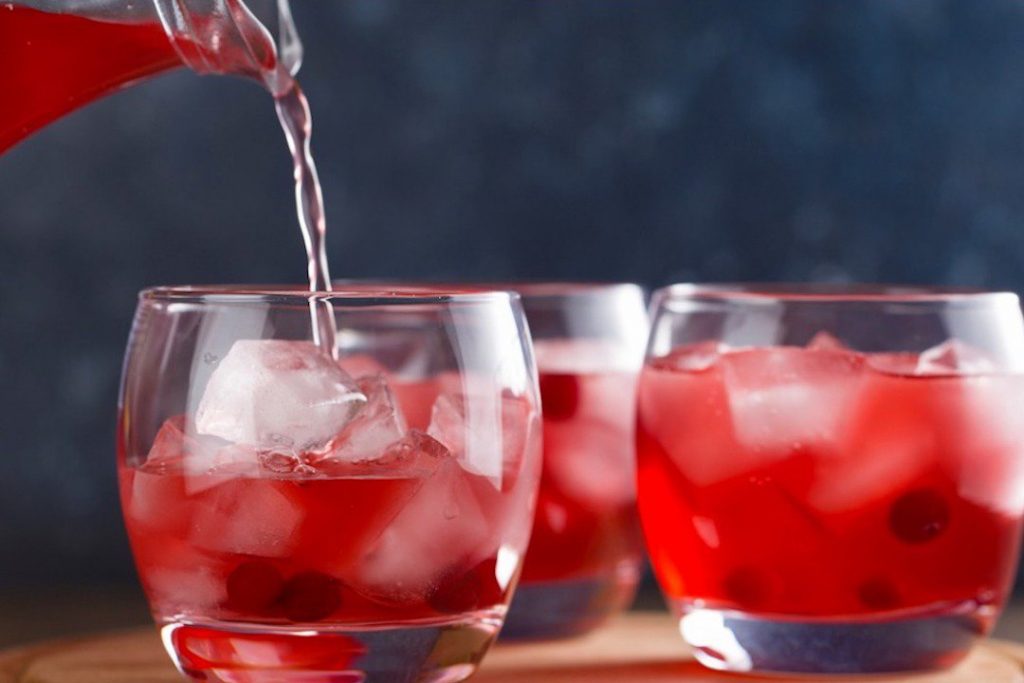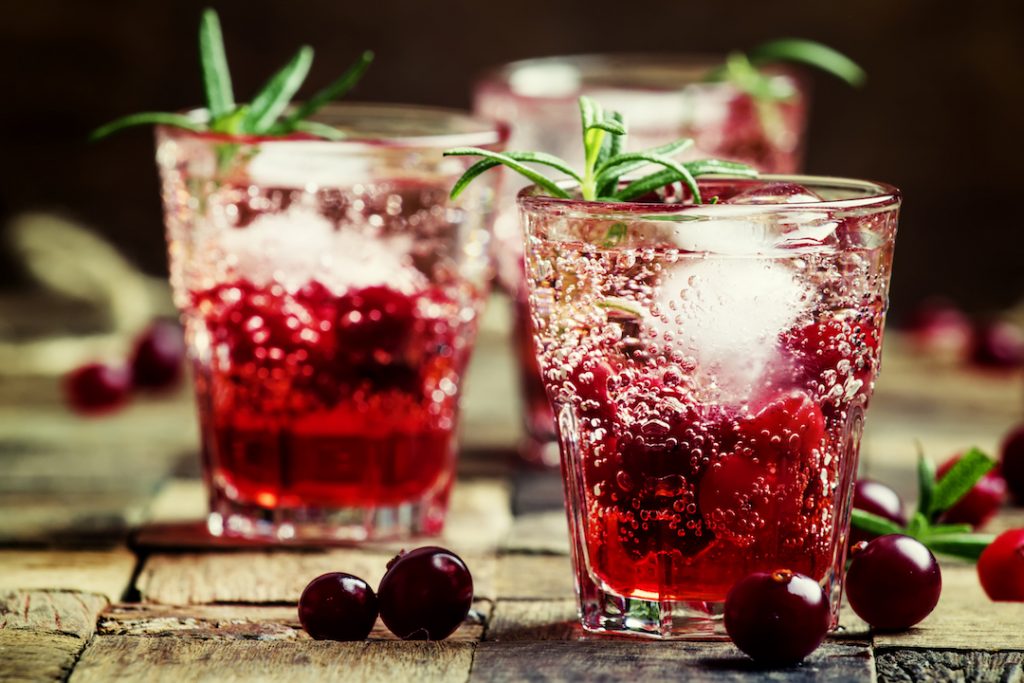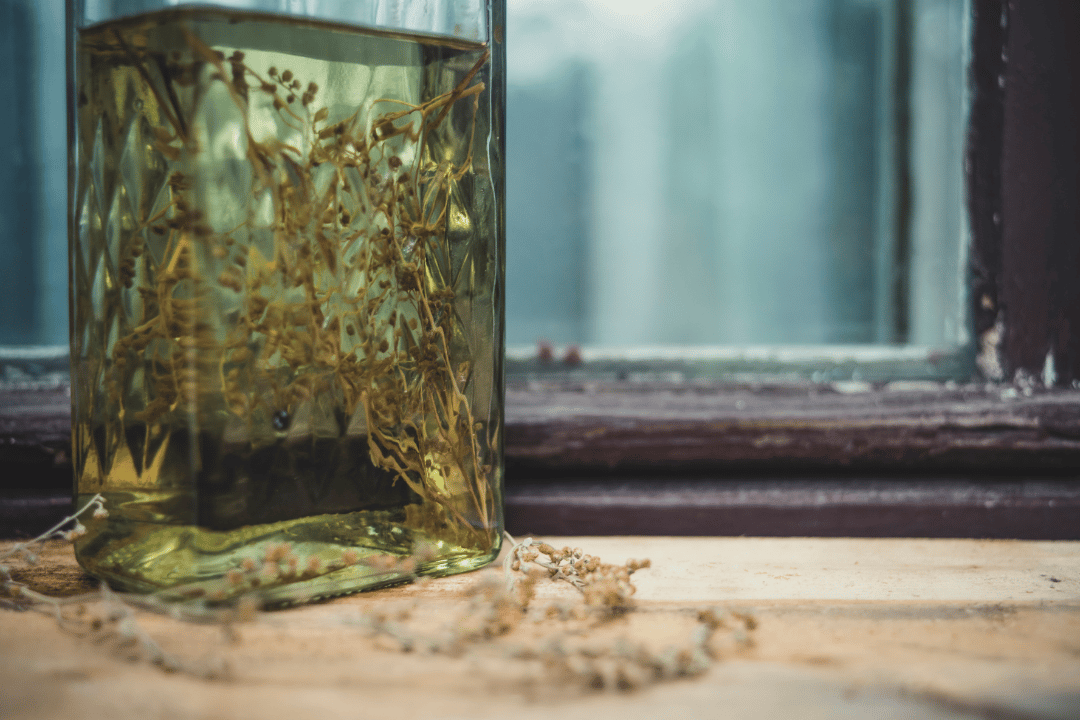
Vermouth—is there a more misunderstood bottle on the American bar than you, my trusty fortified friend? Once the most exciting thing to hit the bar since bitters, this foundational cocktail element seems to have become something often omitted, hinted at, or (gasp) feared.
I’ve been asked so many times “just what exactly is vermouth?” so here I am, dispelling the mystery and opening my refrigerator door.
That’s right: once open, vermouth lives in your fridge.
Perhaps that is problem #1 with our country and vermouth: not everyone has a relative (i.e. me) who will show up on holidays with a suitcase full of sherry and Spanish vermouth and lecture them on proper fortified wine storage.
We think about vermouth as the butt of a joke “wave your martini in the direction of France” when other countries know that, in actuality and waved in any direction, vermouth is delish all on its own. They also know that making your own vermouth is a great way to use opened bottles of wine and create a completely custom cocktail from start to finish.
Make my own vermouth? Jena, are you serious?
You should know that I never joke about vermouth. Now put it in the fridge and let’s get ready to DIY.
You Know I’m All About That Base
(When we are talking about DIY vermouth or DIY anything, you want to start with quality ingredients: your base matters. Techincally speaking, when it comes to vermouth the base must be grape. We are making an aromatized wine that has been flavored with natural herbs, fruits, spices, and in the EU vermouth must contain Artemisia. In fact, vermouth gets its name from that genus of plant! Commonly known as wormwood in English and Vermut in German.
Ok so what the heck do I mean when I say “aromatized”? I’m literally saying we are going to take some herbs and citrus or what have you and stick it in the wine. You can go hot method (think tea) or cold method (think infusion) on this.
Once the wine has been aromatized, it is typically fortified with either sherry or brandy to stabilize the flavors. How does fortification happen? You add the higher proof grape based spirit to the wine you just aromatized. In the US, you are looking for a minimum abv of 15%. In the EU, proof depends on classification and sugar content, with semi dry clocking a minimum of 14.5% and extra dry coming in at 15%. If you want to do the math on that at home, be my guest, but we aren’t exactly making this for mass market and legal labeling…
And here is where I wave my glass in the direction of the rules and say “let’s get weird!” Sure, I have made vermouth with a wine base, NY Gewürztraminer to be exact. It’s a great thing to do if you have a wine by the glass program or some open bottles at home and want to mitigate waste.
But, hear me out, what if I made vermouth from another base? Yes, I’m aware that legally we cannot call what I am about to create “vermouth” as such, but what if I used the basic tenants of vermouth making and applied them to other boozy bases?
Technically speaking, the project I’m about to embark upon could be labeled an aperitif. Why would I want to attempt such a thing, you ask? Let’s think about how we use vermouth as a sipper on its own (yum) or as a modifier in cocktails; I’m looking to create a fun balance of flavors and what I need to make that happen doesn’t exist…yet. Two bases that I’ve had success with are still hard cider (to make something similar to this Roxmut Vermut that our founder Suzanne LOVES) and sake. Both of them will sub in for the wine and I’ll tailor the other ingredients to match! If you decided to go the sake route with me, “choose a Junmai sake,” says Shochu Sommelier Taeko Ichioka , “the other varieties already have Shochu in them.”
The Spice Trade
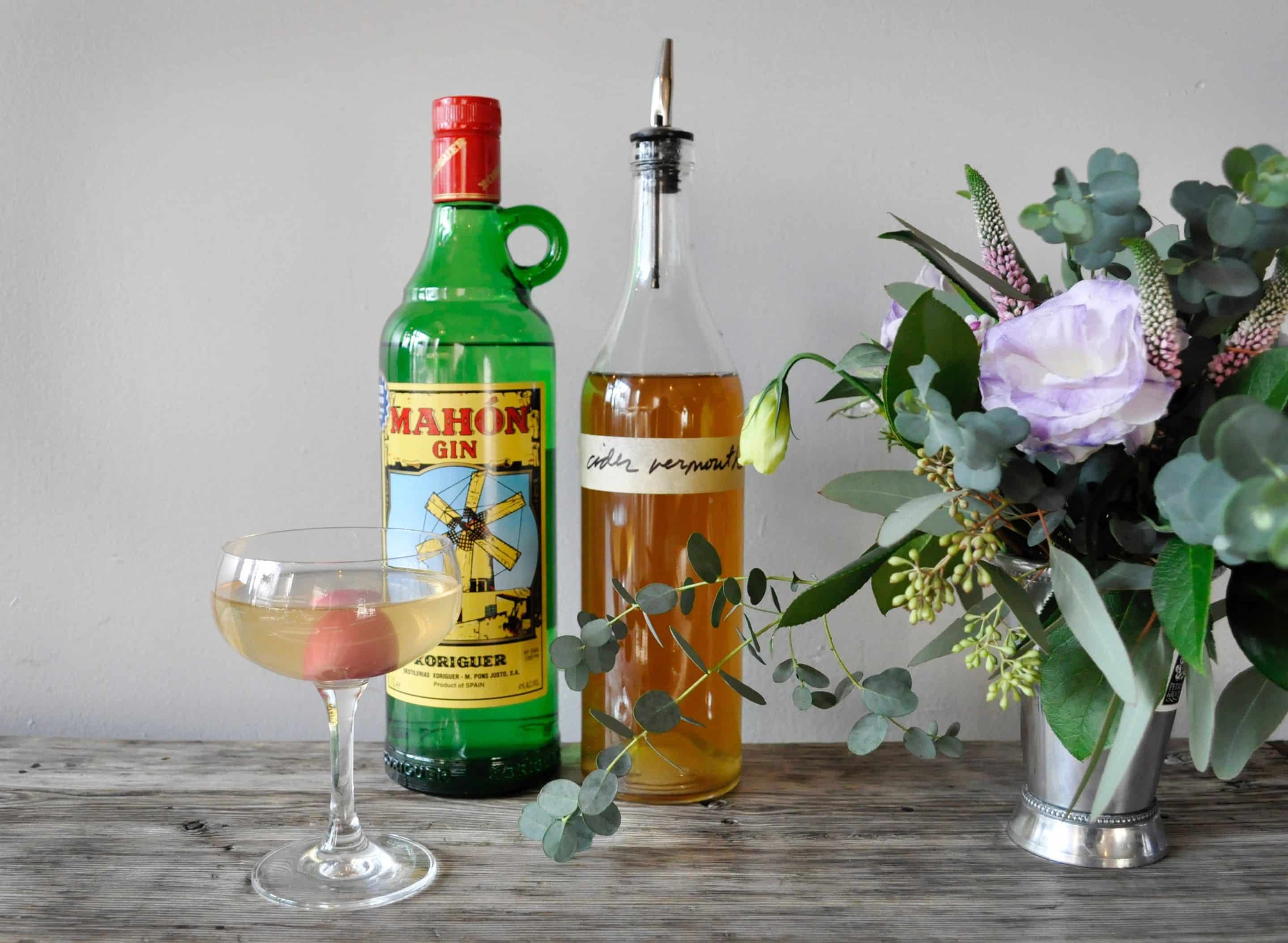
Gibson Gal, recipe: Jena Ellenwood. Photo: Jennifer Lim
“When you’re making your own vermouth, you have to ask yourself: what flavors do I want to enhance?” Says Leah Moss from NYC’s The Up&Up. A massive vermouth nerd, after winning Speed Rack NY in 2018, Leah spent some time in the Willamette Valley interning at Ransom Spirits to help with vermouth production.
“Dried herbs and citrus that have been pulverized will give you more surface area, whereas fresh will be brighter and have more sweetness and oil.”
When choosing the herbs, she points out that the order of addition matters, think of it like layering your flavors. Before my chat with Leah, I had only used the hot method of making vermouth but “heat is an ingredient!” The cold infusion method takes longer, but has a gentler (think cold-brew coffee) and more controllable yield.
While you don’t need to use wormwood as such in your DIY vermouth, you can choose herbs from the same family: sage or tarragon, for example. Do you just want the oils from lemon or orange? Or would grapefruit zest work for your end goal? If you are looking to balance the bitter with sweetness, would fruit work instead of sugar? Maybe a rich honey? Whenever I am looking for inspiration, I head to Kalustyan’s Market and wander the spice aisles.
Choosing Your DIY Vermouth Botanicals
When I think about how to make vermouth at home, a big focus is on the botanicals, of course. This cider vermouth recipe I created was inspired by very specific Gibson variation I planned to make. So, I wanted to use warming spices and play off the same pickling brine elements from the pearl onion, so that was my guiding inspiration.
With the sake vermouth recipe, I am choosing spices that make for a good sipping aperitif and also play to the region of the base: Sansho peppercorns, lemongrass, pandan, and I’ve chosen to fortify it with Shochu.
“What grows together, goes together” tends to work out in these at home recipes quite nicely. Except when it doesn’t…which I’ll be honest, has happened more than once. The hot method really over extracts the wormwood and other bitter herbs. In those instances, increasing sugar has been the answer. Turning a dry homemade vermouth into a Bianco saved an entire batch for me! If you need to trouble shoot, add simple syrup and taste as you go.
Let’s Make Vermouth!
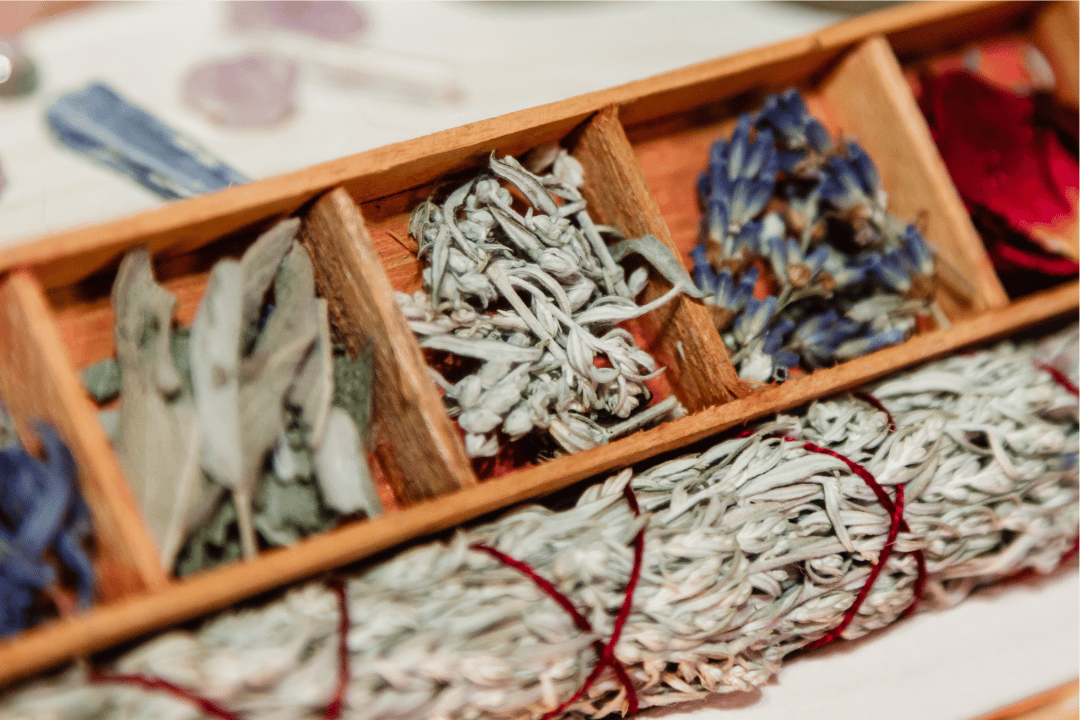
Alright, we have gathered our herbs, spices, chosen the base and fortifier and we’re jumping right on in!
For my base, I have a Junmai Sake that I will be infusing with wormwood, Sansho, chamomile, cinnamon, green cardamom, and coriander. For my fortifier, I chose Mizu Lemongrass Shochu that I will infuse with pandan for the coconut and vanilla notes, and fresh grapefruit zest for brightness. Each infusion will go in its own Mason jar. I should, in theory, taste each day to see when the desired strength is achieved. Once the two taste the way I want them to, I will strain out the solids and figure out a fortification ratio.
How will we figure out the ratio? Technically, in the EU this should be 75% wine and 25% everything else. I do not have the tools to measure the ABV to reach the desired range of 15%-22% (depending on sugar content) at home, but I can figure out ratios of volume. I also have taste buds.
Remember me waving at the rule book? We are 100% going to do that again. 75% base is my jumping off point, I’ll add 25% of my fortifier and we are going to taste it and see what needs to happen from there.
Well, dear reader, I have underestimated the power of the wormwood…
I made a mistake not putting that particular herb in its own tea ball so that I could remove it before the rest of the herbs. Let’s learn from my bitter truth over here:
Place anything bitter in a tea ball or cheesecloth so that you can remove it quickly. I thought 3 days would’ve been the sweet-spot but alas, should’ve been less than that. I should’ve tasted sooner. I am rectifying this batch with honey for balance, using my good ol’ taste buds. The rule book is laughing at me.
The pandan and grapefruit lemongrass Shochu is delicious however, 3 days was right on the money for that.
Troubleshooting recipes is part of creating them! So, seeing as my hubris has gotten the better of me me, let’s learn from this.
- The order of REMOVING ingredients is just as important as ADDING them.
- Taste daily (set calendar reminders).
- When in doubt, take the wormwood out!
Ready to try it out? Check back soon or join our mailing list to be notified when the recipe is perfected and ready to be shared. Just remember, learn from my mistake and taste often!
Use Your Homemade Vermouth
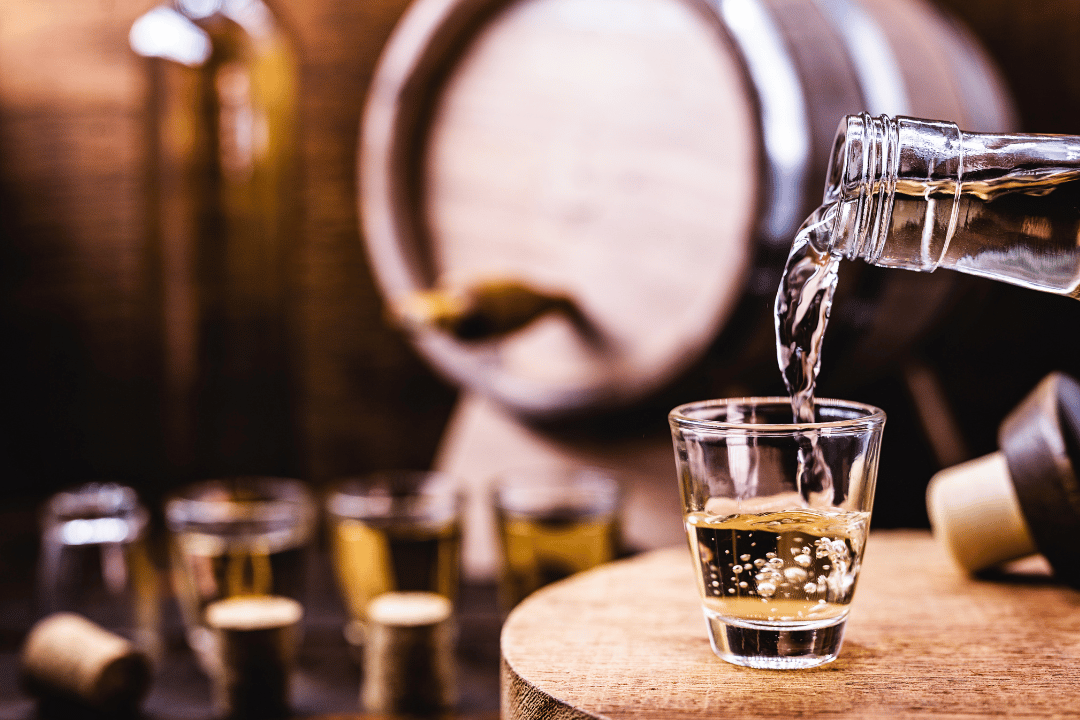
Americano
At last we have created a homemade vermouth we are proud of! Now what the devil do we do with it?
Start by summoning your inner Spaniard and sip it straight with a twist of citrus and perhaps an olive or two dropped in. Or try sipping it on the rocks with a citrus twist and a little sparkling water for a simple spritz!
If you were creating the vermouth with a specific cocktail recipe in mind, huzzah! Go make that cocktail!
Try a twist on the Americano, or see what happens in a Martini or Manhattan with your homemade vermouth. Even a Negroni variation could be fun! Or if you gave my cider vermouth a spin, try out the Gibson Gal Martini:
Have you tried making your own vermouth or are you planning to? We’d love to hear about your successes and challenges in the comments below!

Jena is an event host & contributing writer for The Crafty Cask, as well as an award-winning bartender, cocktail educator, Cicerone Certified Beer Server, and Executive American Whiskey Steward. Based in NYC, Jena has been working in the craft alcohol world for the last 15 years with recipes appearing in Manhattan restaurant/bars & multiple publications. She is the 2019 Nikka Perfect Serve Global Runner Up and a 2020 Cognac Connection winner.
Join the conversation!
Related articles
Big Batch Cocktails Make Holiday Party Hosting Easy
We're giving you our favorite way to make holiday party hosting easy. Three words: Big Batch Cocktails. Spend less time making and serving cocktails with advice and recipes from St George Spirits head distiller, Dave Smith.
Low Alcohol Cocktails To Help You Avoid Holiday Party Overload
Keep yourself warm and your head clear with our selection of low alcohol drinks. Big in taste, you can happily sip these through the winter party season.
Stress Free Party Hosting
Our stress free holiday hosting tips will help you spend less time playing host and more time tippling with your guests!
Keep Exploring The Craft
Attend an Event
Make a Cocktail
Attend an Event
What is Craft?
It’s a simple question with a complex answer, which makes finding and supporting real craft alcohol harder than it should be—The Crafty Cask is here to help!
Learn the ins and outs of craft spirits, wine, cider, beer, and more
Are you a maker?
Let us grow your brand through online craft alcohol marketing courses, events, resources, marketing services, and more.
Learn more about how The Crafty Cask can help your brand grow
